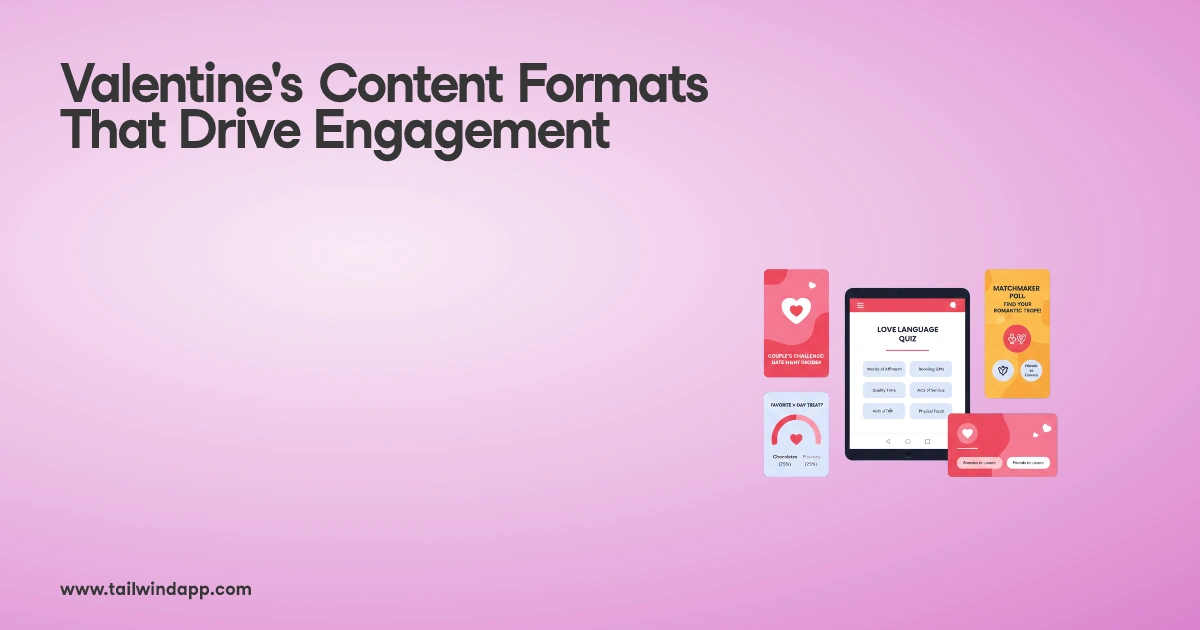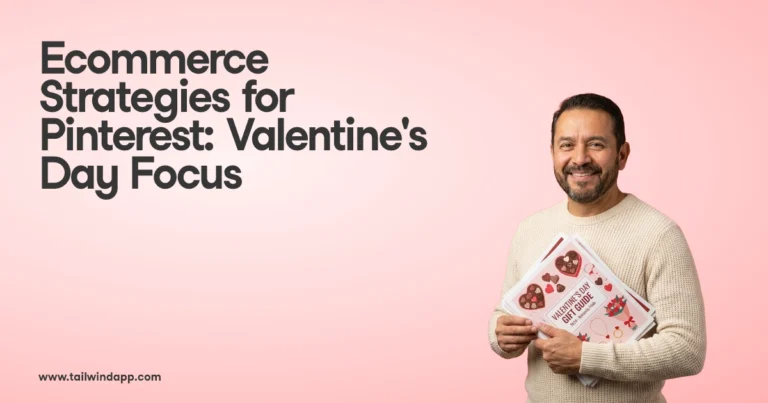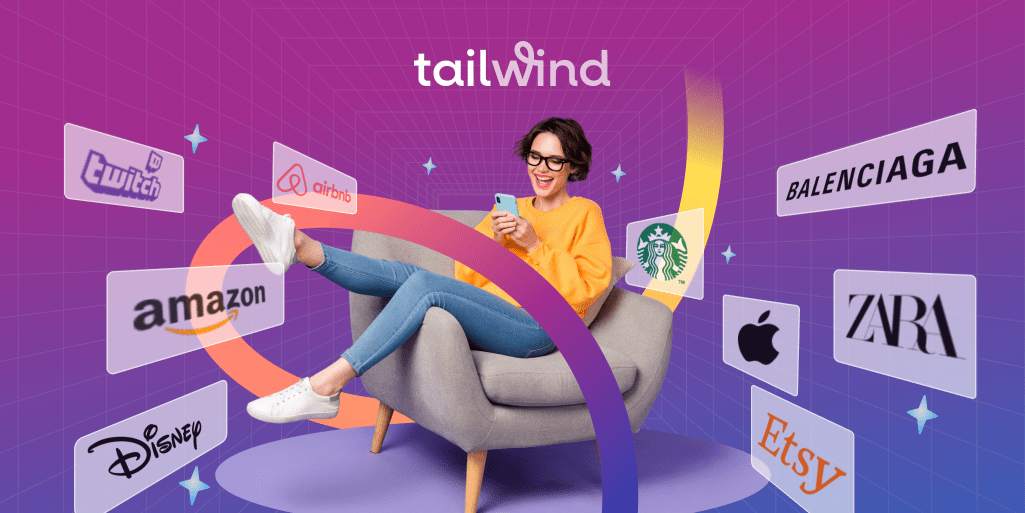
Introduction
Marketing Strategy isn’t just about having a website or posting on social media!
It’s a comprehensive plan based on data and customer insights that guide your marketing efforts. Well-planned, good marketing strategies can develop your brand and help you consistently present it across marketing channels.
In this blog we’ll examine real-world marketing strategies examples. We will break down each strategy to show why it works and what the key takeaways are. We have taken examples of content marketing, social media marketing, email marketing, influencer marketing, paid ads, and more.
Whether you’re a solopreneur, a startup founder, a seasoned CMO — or somewhere in between — you’ll get actionable insights and clarity to improve your marketing from mere tactics to effective strategies.
Continue reading to get answers to some of the common marketing strategy questions:
- Can I skip the strategy and start posting pics on my Instagram channel?
- Does a strategy matter if I have a great product?
- How does a marketing strategy help me sell?
- Isn’t social media enough for marketing?
What is a Marketing Strategy?
A marketing strategy tells you who your ideal customers are, what makes you special, and how to tell them about it. It also picks the best ways to reach people and track results — all while watching your budget. With a good plan, you can share the same message everywhere your customers are, like social media, email, forums, events, or trade shows. Looking at marketing strategy examples of other businesses can give you ideas for your own strategy.
Nine reasons why you need a Marketing Strategy
One may think that marketing strategies are only for big companies. This isn’t true. Having a clear marketing strategy is crucial for your success, no matter your size. Here’s why:
- Focus your resources – You’re juggling multiple roles. Good marketing strategies help you prioritize marketing efforts. Focus on high-impact activities to deliver the best results while saving you time, energy, and money.
- Stand out in a crowded market – A strategy defines your unique selling points, helping you differentiate from competitors and attract your ideal customers.
- Make informed decisions – When new opportunities arise, examples of marketing strategies act as filters. They help you quickly assess whether something aligns with your goals or is a distraction (a.k.a. the new shiny object).
- Build a consistent brand – A strategy ensures your messaging remains consistent across all channels, building trust and recognition with your audience.
- Attract the right customers – A strategy helps you identify and target your ideal clients, leading to better conversions and customer retention.
- Scale your business – A strategy provides a scalable framework. As you grow, it helps you expand your marketing efforts effectively. It ensures teams remain aligned.
- Measure what matters – By setting clear objectives, you can track progress and adjust your approach. This prevents wasting effort on tactics that don’t work for your business.
- Adapt to changes – Markets evolve rapidly. Examples of flexible marketing strategies help you pivot quickly when needed without losing sight of your long-term goals.
- Guide to your marketing plan – A strategy forms the foundation for your marketing plan. It ensures your tactical activities align with your overarching business goals.
Let’s talk more about some examples of marketing strategies to help you learn how you can make the best use of them!
16 Inspiring Marketing Strategy Examples from Top Brands
Successful businesses customize their marketing strategies to their specific needs. Studying examples of successful marketing strategies gives us insights into what may work and what may not. We’ve curated 16 top-brand marketing strategies for your reference.
These examples won’t apply directly to your business, as they target different business marketing goals. Instead, use them as inspiration. To create an effective mix of marketing strategies, consider how to adapt these ideas to your unique strengths, audience (ICP), and budget.
1. Marriott’s Marketing Strategy Example – Influencer Partnerships
Marriott is the world’s largest hotel chain by room count. It has established a strong market position. To maintain that position and to advance new features and offerings to its guests, the company needs to connect with its audience. One way of connecting with your audience is to partner with people (a.k.a. influencers) who are already influential with that audience.
Marriott’s Marketing Strategy showed us how it is done with an influencer partnership marketing campaign. They partnered with YouTube star Jeana Smith (@PrankVsPrank) to celebrate one million check-ins on their mobile app.

They didn’t simply announce the milestone. They threw a huge party for their one-millionth mobile check-in guest at the hotel in Los Angeles. Aside from making that guest’s night much more special, teaming up with Jeana Smith ensured that millions of PrankVsPrank subscribers experienced the special night. This way, Marriott integrated the influencer partnership with a significant brand milestone.
Key Takeaway: Influencer Partnerships are more than simply attaching famous names to your brand. Create an experience that people will want to relate to. Direct endorsements will look like advertisements.
Actionable Tips from Marriott Marketing Strategy Examples. When implementing an influencer marketing strategy, remember these points:
- Identify the right-fit influencers. Their audience persona should match your target audience, and their content and values need to align with your business ethos.
- It’s ok to start small. Begin with low-cost collaborations like social media mentions or product reviews. You can also try user-generated video content (UGC) later.
- Create unique experiences. Offer exclusive events or behind-the-scenes access to influencers. Celebrate milestones together.
- Focus on value. Develop content that benefits the influencer’s audience, not just your brand.
- Measure results. Track website traffic, engagement, and conversion metrics.
PRO TIP: Influencer marketing isn’t exclusive to large corporations. Small businesses and startups can partner with local or domain-specific micro-influencers for targeted impact. Start simple with influencer marketing. Here are some of the tactics that have worked for us at Tailwind:
- Exchange social media mentions with relevant influencers
- Reference influencers in your blog posts or newsletters
- Comment on and share influencers’ content regularly
2. Apple’s Marketing Strategy Example – Cause Marketing
Apple is an innovator in consumer electronics known for iPhones, Macs, and seamless ecosystem integration. With its massive scale of operations, even a small change in processes can have a notable global impact. One such initiative is integrating sustainability into its business.
This has proven to be a key differentiator in the marketing strategy examples we chose. However, Apple’s marketing strategy isn’t just about putting a green label on products or listing eco-friendly features. For instance, they’ve committed to carbon neutrality across their entire business by 2030, including their supply chain and product life cycle.
They are master storytellers, and this works as a great marketing strategy. They tell stories about the impact, like how they will reduce 75% of all emissions by 2030.
This humor-laced Apple video (“2030 Status | Mother Nature | Apple”) from 2023 has had close to five million views:
They’re not just talking about it; they’re taking concrete steps:
- Using recycled materials in products
- Investing in renewable energy for their facilities
- Creating a $200 million Restore Fund in 2021 to remove carbon from the atmosphere, with an additional top-up of the same amount announced later
Key Takeaways: Apple’s communication style makes for an excellent marketing strategy. The approach goes beyond surface-level “green marketing.”
Actionable Tips from Apple Marketing Strategy Examples. Start by identifying social or environmental issues that align with your brand values and business operations. Then, look for ways to address these issues throughout your business:
- In product design – Can you use more sustainable materials? Reduce packaging?
- In manufacturing – How can you minimize waste and energy use?
- In distribution – Can you optimize logistics to reduce carbon emissions?
Once you’ve made these changes, focus on communicating the concrete impact. Use specific metrics and relatable comparisons instead of generic statements such as “We use recyclable materials.” Tell the story of the impact. Many successful D2C companies have used behind-the-scenes UGC-style videos to tell their audience about the impact, be it environmental or social.
3. Zara’s Marketing Strategy Example – Market Segmentation and Product Positioning
Zara is an international fast-fashion retailer from Spain. It is known to spend little on traditional marketing.
Instead, Zara focuses on market segmentation and product positioning using the BCG matrix. The BCG (Boston Consulting Group) Matrix helps companies assess product positioning and audience impact. It uses two factors: market growth rate and relative market share.

Each quadrant of the BCG matrix refers to a product category sold by Zara. The most valuable are “stars” — items with high market share and growth rate. Using data, Zara finds out which products fit each category and how they impact its customers. Instead of directly advertising to their audience, they place products exactly where they need to be at in-person stores.
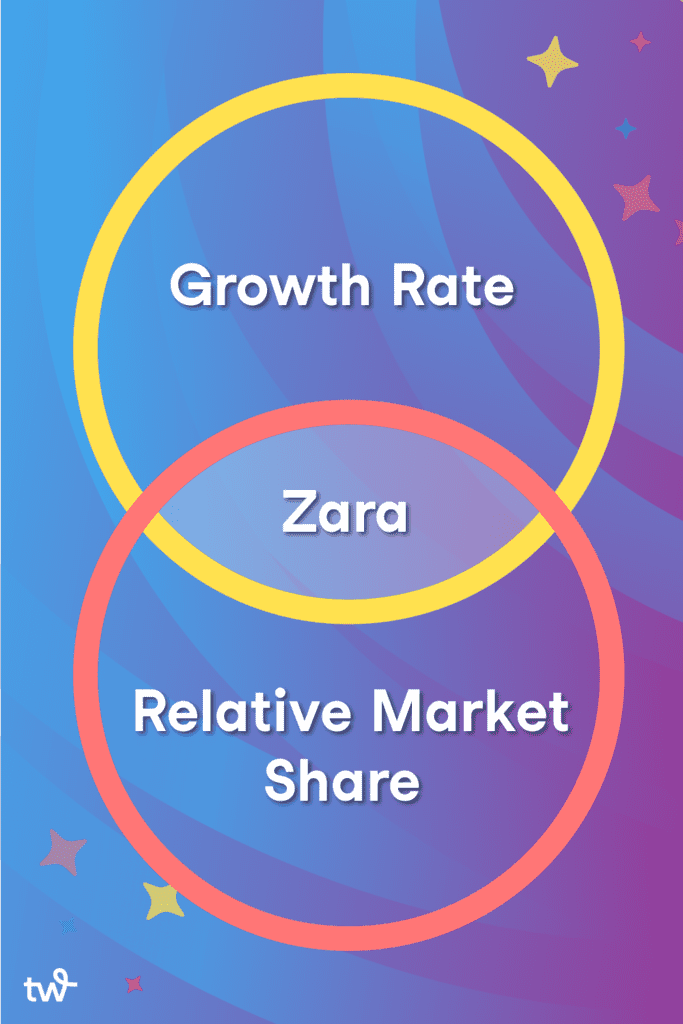
This approach attracts customers to products instead of pushy sales messages and advertisements.
Key Takeaways: This is a textbook marketing strategy example of how it isn’t always about who spends the most on advertising. It’s important to understand what your product means to each part of your audience. Use both qualitative and quantitative techniques to collect insights. Have an understanding of the geographic spread of your customers by segment to target them effectively.
PRO TIP: Pay attention to the language your customers use to describe your products and why they buy from you. Check online reviews and comments. Remember: People buy from people who speak the same language. This marketing strategy will help you in search engine optimization, paid ads, and social media marketing.
4. Amazon’s Marketing Strategy Example – Interactive Advertising
Amazon started as an online bookstore. Today it is a leading global e-commerce and cloud computing company known for its vast product selection, innovative services, customer-centric approach, and fast shipping.
Amazon e-commerce has been investing in more interactive and immersive advertising formats, such as augmented reality (AR) and shoppable video ads. Customers can virtually “try on” products. For example, Amazon’s AR view feature lets customers use their mobile phones to visualize how certain products look in their own space before making a purchase.

Key Takeaways: Make interested buyers feel closer to the products. Depending on your offering, offer free trials or samples.
Actionable Tips from Amazon Marketing Strategy Examples: Use technology to reduce purchase barriers by answering customer questions and reducing uncertainties around product fit. Use relevant tech applications, interactive demos, and videos. If you are in the restaurant business, read more about creating a restaurant marketing plan.
5. Etsy’s Marketing Strategy Example – Empowering Reseller Partners
Etsy is an e-commerce platform for handmade, vintage, and craft supplies, focusing on unique and personalized items.
Etsy understands the power of digital marketing channels — particularly email — to engage its audience. It believes in more value and no spam. In fact, Etsy offers an entire field guide to email marketing to educate its sellers on best practices for engaging with their customers. This marketing strategy allows Etsy to leverage the individual efforts of its creator community and capture the many niches of its larger audience.

Key Takeaways: Etsy teaches its creators how to use email marketing effectively, which improves overall website traffic.
Actionable Tips from Etsy Marketing Strategy Examples: You too, can use this Etsy Marketing Strategy. Educate your customers and reseller partners (if you have any) with valuable emails. Include helpful tips, interesting insights, or exclusive offers. Avoid sending spam — especially purely promotional content. Read our guide on how to get started on email marketing.
PRO TIP: Make “helpfulness” the core theme of your marketing strategy. From TikTok to Instagram to Pinterest and email, people love getting information that will make their lives easier or solve their problems. When your brand does that, you will become a go-to source for your audience, and sales will follow.
Here’s an example of a TikTok post from our ‘Marketing 101’ series, which addresses basic marketing questions:
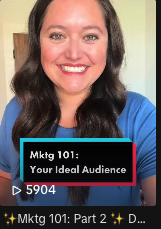
We realized that our own favorite posts on the “For You” results page were all helpful/actionable tips. So we developed a series of TikToks covering marketing basics.
If paid ads are part of your marketing strategy, don’t forget to reuse organic social content that performs well in your ads campaigns!
6. Airbnb’s Marketing Strategy Example – UGC Marketing
Airbnb is a global online platform that connects travelers with hosts offering short-term home rentals worldwide. Airbnb offers unique stays and rich experiences.
Airbnb encourages guests and hosts to share their unique stay experiences, which can range from heartwarming encounters to cultural exchanges. Airbnb’s marketing strategy focuses on authentic, user-generated content (UGC2) rather than a collage of polished property images. This makes the travel experiences more relatable and inspiring for potential guests.
Here is one such example (“What a Difference a Day Makes | Countryside”):
Airbnb also uses user-generated content in its social media ads. By showing real people enjoying their stays, Airbnb creates an emotional link with potential guests.
By the way, did you know that showing an ad to a past website visitor is a lot cheaper than showing an ad to a fresh audience? This is called “ads retargeting”. Airbnb uses this marketing strategy. If users have visited the website but have not yet made a reservation, the company can retarget content to those users to encourage them to make their first reservation.
Key Takeaways: Airbnb doesn’t just collect UGC. It curates it to tell its brand story.
Actionable Tips from Airbnb Marketing Strategy Examples: UGC reduces the need for heavily edited and expensive promotional content. Use it as customer testimonials on your landing pages, paid ads, and social media channels. Use ad retargeting to re-engage website visitors who haven’t converted. Keep users involved with your brand beyond the initial purchase or interaction.
PRO TIP: If your potential customers are on TikTok, consider Tiktok Spark Ads. These enable you to easily advertise existing User Generated Content (UGC) created about your company by other TikTokers! You can als read more on marketing plan examples around tourism businesses.
7. Glossier’s Marketing Strategy Example – Authentic Social Media Content
Glossier, founded by Emily Weiss in 2014, is a direct-to-consumer (D2C) beauty & cosmetics brand.
The startup challenged traditional beauty standards and norms through innovative marketing and product offerings. For example, many brands in the same space rely on heavily edited images for social media and ads. But Glossier opts for a more realistic approach, featuring real people in their everyday lives. Their tagline, “Beauty products inspired by real-life”, is reflected in their content strategy, too. Their ethos of “Skin First. Makeup Second™” helps them connect with their target audience.

Actionable Tips from Glossier Marketing Strategy Examples:
- Be realistic and relatable: Heavily edited and picture-perfect imagery looks like an advertisement. People run away from ads.
- Leverage User-Generated Content (UGC): Glossier reposts customer content, turning satisfied customers into micro-influencers. This strategy drives online sales and traffic.
- Have a Content-Creator Mindset: Glossier publishes interviews, tutorials, and beauty tips, maintaining its roots as a content creator. Early on, it focused on one channel: Instagram. This allowed it to gain 13,000 followers before launching its first product!
PRO TIP: Instead of trying to be present on all the social media platforms all the time, focus on one distribution platform when you start — say Linkedin or Instagram. Read more about our views on Instagram Strategy that really work, and start building your social capital. At the same time, remember these Don’ts for your social media marketing strategy.
8. Disney’s Marketing Strategy Example – Transform Pain Points with Gamification
Disney is an iconic entertainment giant with a vast portfolio spanning movies, TV, streaming services, theme parks, consumer products, and digital media.
One of Disney’s marketing strategies is the “Play Disney Parks” mobile app. It enhances the overall theme park experience for visitors. The app offers a variety of interactive features, puzzles, trivia, and games that park visitors can access while waiting in the queues, transforming “wait time into playtime.”

Key Takeaways: This Disney Marketing Strategy Example shows us how we should find ways to make typically unenjoyable aspects of your service (like waiting or form fill-up) more engaging.
Actionable Tips from Disney Marketing Strategy Examples: Search for a SaaS product that allows you to gamify your customers’ interaction with you on your website. The aim of the gamification is to enhance, not distract, your users from your main product or service and you from your core operations. The gamification should feel like a natural extension of your brand experience.
9. Balenciaga’s Marketing Strategy Example – Meme Baiting
Balenciaga is considered a very expensive luxury fashion brand. Naturally, one of its challenges is to target a wider audience beyond its traditional wealthy clientele.
One of the Balenciaga Marketing Strategies that worked was “meme-baiting”. Balenciaga has deliberately created products that are intentionally absurd, unconventional, and “meme-worthy” in nature. They are priced unbelievably high. These outrageous, seemingly nonsensical products are designed to spark conversations, memes, and social media engagement around the brand.
For example, look at this Balenciaga’s $1290 “t-shirt shirt”:

People started sharing about it online. The more people saw this outrageously expensive ridiculous product, the more popular the campaign became. Quickly, many people became willing to spend upwards of a thousand dollars! Why? Because people spend money on things that give them online attention through exclusivity (and bragging rights).
Key Takeaways: The brand understands that any engagement, whether positive or negative, can still drive awareness and keep Balenciaga top-of-mind among consumers.
Actionable Tips from Balenciaga Marketing Strategy Examples: Occasionally, create content that’s surprising or counterintuitive within your industry. Try meme-driven content or a self-ridiculing video that indirectly praises your product or services. Encourage user-generated content and discussions. The engagement loop will increase its reach on the platform. Read more on how to get started with your Social Media Marketing Strategy.
10. Sephora’s Marketing Strategy Example: Micro-influencer collaborations
Sephora is a leading global beauty retailer. It offers a wide range of high-quality cosmetics, skincare, and fragrance products. It is known for its wide range of brands and interactive store experiences in the beauty industry.
Their #SephoraSquad influencer program is an inspiring marketing strategy example. Instead of chasing celebrities with millions of followers, Sephora built a network of beauty enthusiasts with smaller but highly engaged followings. They select a group of diverse influencers annually, providing them with exclusive products, behind-the-scenes access, and opportunities to create content. Around 68 members were selected from 16,000+ applications in 2023!
Here is a video with a #SephoraSquad member, Ashley West:
Key Takeaway: Influence isn’t just about numbers — it’s about trust and engagement. A micro-influencer with high engagement is often more valuable than a macro-influencer with low engagement.
11. Nordstrom’s Marketing Strategy Example – Social Media Retargeting
Nordstrom is a high-end department store, celebrated for fashion-forward collections and exceptional customer service.
Nordstrom saw the opportunity to integrate its two social media platforms (Instagram and Pinterest) to help sell its products in-store and online. The same content was shared on both platforms.
The strategy they chose is called Retargeting — a way of showing visitors content on social media or your website based on the content they had previously seen on your website.

Nordstrom understood their customers’ journey from discovery on social media to purchase. They designed the journey to improve the chances of a visitor or customer returning for more later.
For example, many audiences seek inspiration on social platforms like Instagram and Pinterest to help them find what interests them. If they come across a brand’s content while browsing social media, they may search for it later in an organic traffic channel like Google. And if search ads are part of your marketing budget, you can capture the people who are searching for terms related to your brand.
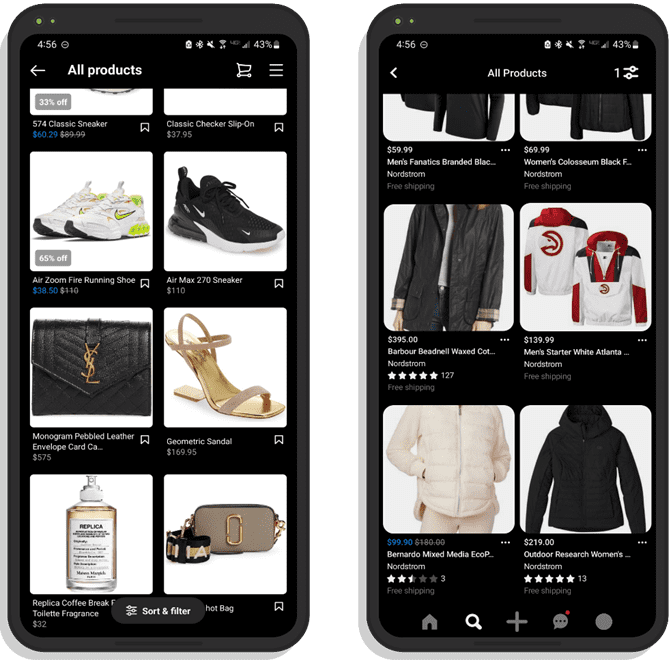
Key Takeaways: What makes this marketing strategy example stand out is platform integration, online-to-offline redirection, and multi-touchpoint engagement.
Actionable Tips from Nordstrom’s Marketing Strategy Examples: Meet your target audience where they spend time. Invest effort in understanding your customers’ online search journey across multiple platforms.
PRO TIP: Don’t limit your retargeting efforts to social media. Integrate your strategy with search engine marketing to capture users who discover your brand on social platforms and later search for related terms. This multi-channel approach can significantly increase your conversion rates.
12. Starbucks Marketing Strategy Example: Data-driven Personalization
Starbucks is a global coffee shop chain known for its premium coffee, diverse menu, and distinctive brand experience.
Starbucks’ marketing strategy goes beyond personalizing a customer’s cup with their name. They’ve created a data-driven ecosystem that delivers highly tailored experiences at scale.
The core of Starbucks’ marketing strategy is its mobile app and rewards program. It’s not just a digital loyalty card; it’s a personalized marketing channel. Starbucks leverages customer data from the app, such as purchase history and preferences, to offer personalized product recommendations and targeted offers.

They send targeted offers based on customers’ usual order times and locations. They also use push notifications to alert customers about new products they’re likely to enjoy based on past purchases.
But there’s more to these marketing strategy examples. This data helps in the backend operations, too — especially their product development and inventory management teams. For instance, they might introduce a new drink flavor in stores where customers have shown a preference for similar tastes. You can see regular Instagram posts on new launches:

Key Takeaway: Effective personalization is about creating a customer experience across the entire customer journey. The broad activities include:
- Collect and analyze customer data from multiple channels and touchpoints
- Segment your audience (ICP) based on behavior, preferences, and demographics
- Test different personalization strategies and continuously refine them based on results
13. Allbirds Marketing Strategy Example – Cause Marketing with Impact Reporting
Allbirds is a sustainable footwear brand known for comfort, eco-friendly materials, and minimalist design.
Like many other companies using the sustainability theme, they use it too. Their motto is: “Reducing the carbon footprint of our products is at the heart of everything we do.”
However, they do something differently: They share regular reports on their sustainability initiatives. This shows what they did and the impact of their initiatives, promoting transparency and building trust with environmentally conscious consumers.

Actionable Steps from Allbirds Marketing Strategy Example: If you are using the Cause Marketing strategy (environment or social), regularly update about the progress you have made. If possible, quantify it. Similarly, if your product/service makes a real difference in users’ lives, highlight this through video or text testimonials.
14. Dior’s Marketing Strategy Example – Diverse Influencer Campaign
Dior is a luxury fashion house from France, part of the largest luxury group in the world, LVMH. To celebrate the launch of Dior’s Forever Foundation product line, the company decided to present an ambassador for each of the 67 new foundation shades.
They chose influencers to be these ambassadors, and they created content that was later shared on Dior’s social media channels. The campaign launched with the goal of representing the world’s diversity.

When considering all the influencers together, the impact of 67 Shades of Dior campaign was:
- Total audience reach: 2.66 million
- Impressions: 1.85 million
- Engagements: 591,000
One surprising fact about this Instagram Influencer marketing campaign was that 72% of the generated content was repurposed on owned channels and used as shoppable assets.
Key Takeaways: 67 Shades of Dior connected emotionally with a large audience. Engaging audiences with real-world social issues is a powerful marketing strategy. Dior was able to reach a wider audience that could relate to their new products.
Actionable Tips from Dior’s Marketing Strategy Examples: If your marketing budget allows for it, use multiple influencers to represent different customer segments. In general, embrace diversity in your campaigns, be it display ads or user-generated video content.
15. BuzzFeed’s Marketing Strategy Example – User-Driven Content Customization
BuzzFeed is a digital media company known for news, entertainment, and commerce content.
Their clever marketing strategy lets you pick exactly what you want to read. Love cooking? There’s a newsletter for that. Fashion enthusiast? They’ve got you covered. News junkie? You’re all set. You decide what lands in your inbox and how often. For example, “Buzzfeed Shopping” newsletter has 3 updates per week. This is a marketing strategy example demonstrating the effectiveness of user-driven email content optimization.
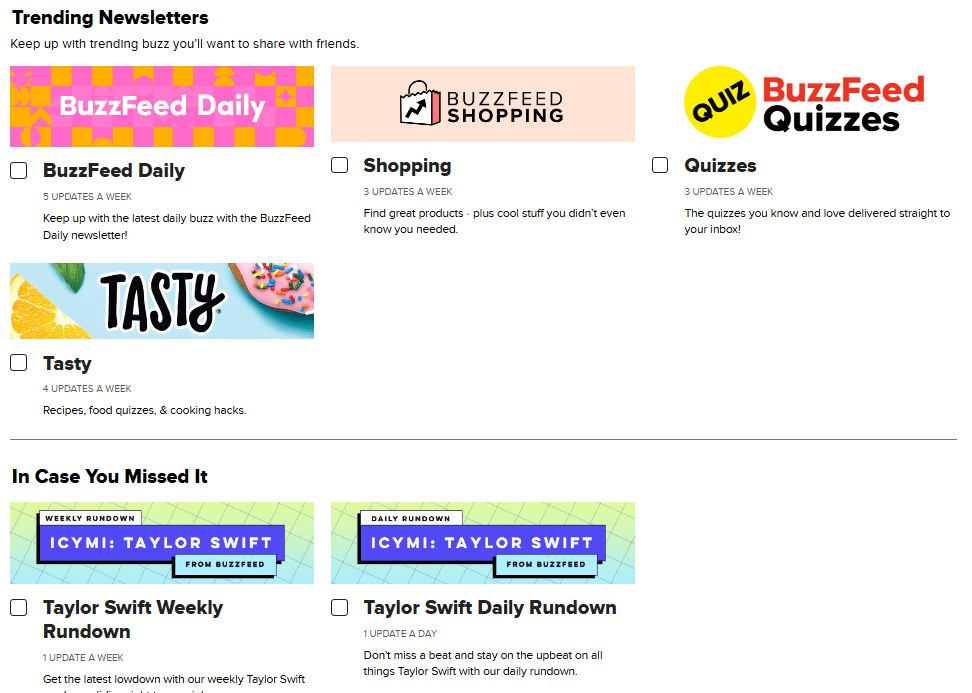
BuzzFeed’s marketing strategy segments its audience by interests — particularly in email campaigns. They offer users choices in newsletter content and frequency. Users can select from various newsletter options, such as shopping, cooking recipes, style tips, news, and learning courses. This approach (a) delivers content users want, and (b) enables targeted, effective promotions.
Key Takeaways: Delivering relevant content to diverse audiences is challenging. BuzzFeed solved this by letting users choose content categories. This method allows BuzzFeed to learn about audience preferences and cater to various niches within its readership.Actionable Tips from Buzzfeed’s Marketing Strategy Example: For small businesses, email marketing can seem daunting but is valuable. Consider using AI-powered email copywriting tools to write part or all of the content for you. Tailwind’s Ghostwriter includes a full suite of AI-powered email copywriting.
16. Twitch Marketing Strategy Example – Using FOMO
Twitch is a live video streaming platform popular for gaming, e-sports, and creative content. Twitch has positioned itself as “the ultimate influencer marketing based service”.
The live, real-time nature of Twitch content can generate a sense of urgency and scarcity. The platform has an in-built FOMO element (Fear Of Missing Out). Twitch-exclusive content creates a sense of urgency and exclusivity. Viewers know they can’t find this content elsewhere, encouraging them to engage regularly with your brand on the platform.

Brands can leverage features like limited-time offers, flash sales, and countdown timers to drive immediate action. Twitch also enables brands to create interactive experiences through features like chat, polls, and mini-games. This approach increases audience participation and engagement.
Key Takeaways: FOMO drives engagement and action in marketing. It creates urgency, encouraging quick decisions. In product platforms, limited-time offers or exclusive features can spark interest. For outreach and email, time-sensitive content or special invitations can increase open rates and conversions. FOMO motivates customers to act promptly.
PRO TIP: When building your marketing strategy, think about ways to increase FOMO for your audience. This is especially effective for Bottom of the Funnel campaigns like sales or special offers. Don’t be shy to remind your audience that time is running out!
At Tailwind, our marketing team includes a “last chance” message whenever we have a special offer. We have tested the results over time, and offers that include this kind of urgency always perform better than those that don’t.
“I used to hate adding urgency to our marketing campaigns,” says Susan Moeller, Tailwind’s marketing director. “But our data has convinced me that keeping an eye on FOMO is good for our bottom line. Now, it’s a big part of our marketing strategy.”
Here is a sample image:
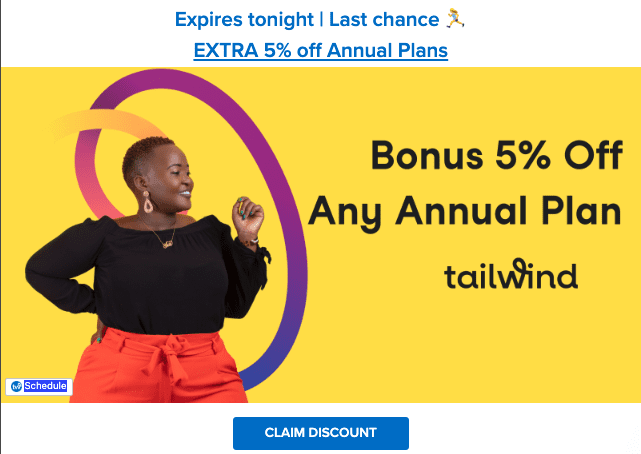
How to Measure the Success of Your Marketing Strategy
Measuring the success of a marketing strategy tells you what works and what doesn’t. You can then decide where to put your time, energy, and money. Internally, you can justify marketing spend and prove ROI to stakeholders. Here’s a series of questions you need to ask yourself to create a system of measuring the success of your marketing strategy:
1. What’s the first step in measuring marketing strategy success?
Start with clear, specific goals tied to business objectives. For example, “Increase qualified leads using organic traffic by 30% next quarter” is better than “Improve lead generation.” This specificity of lead type, source, increase %, and timeline makes measurement more straightforward and actionable.
2. How does one choose the right metrics to track?
Metrics help you decide if you need to do more or less of any activity to reach your goals. For example, if your customer acquisition cost (CAC) is $200 and customer lifetime value (CLV) is $1200, you can increase ad spend on acquiring customers. The right metrics give you a comprehensive view of marketing performance across various channels and stages.
3. What are the key metrics businesses should consider?
There are many. Each business must decide on its own list of relevant metrics. Focus on customer acquisition cost (CAC), customer lifetime value (CLV), return on ad spend (ROAS), and organic traffic growth. Also, track engagement rates, lead quality, and sales cycle length. Here is a list of metrics to track social media performance.
4. How do you balance short-term metrics with long-term strategy?
Set both short-term and long-term KPIs. Monitor immediate results like click-through rates and leads, and track how long the customer stays or how frequently the customer uses your product or service over time.
5. How often should businesses review these metrics?
Review high-level metrics monthly and granular data weekly. This balance allows for timely adjustments without getting lost in daily fluctuations. Conduct quarterly deep dives to assess overall strategy effectiveness. Compare month-over-month (MoM) and quarter-over-quarter (QoQ) data, paying attention to seasonal and festive trends, as well as industry benchmarks.
6. What tools are recommended for tracking these metrics?
Each business needs to decide on the tech stack for tracking marketing metrics. For website data, use Google Analytics and Google Search Console, native analytics for social platforms, and CRM systems for sales data. If you are a large enterprise, use data visualization tools like Power BI or Tableau.
7. What are the common mistakes in measuring marketing success?
Focusing on vanity metrics such as likes and social media followers. Followers and future buyers may not be the same. If your buyers are from the US, tracking overall site traffic (including non-US countries) can mislead you. Don’t overlook qualitative data. Customer surveys, reviews, testimonials, and social media comments can provide valuable insights into sentiment and brand perception. Ensure that you’re measuring true causation, not just correlation.
The key is to start simple. Remember: progress matters more than perfection. You can iterate as your understanding evolves.
Marketing Strategy vs Marketing Plan vs Marketing Tactics
Many marketers confuse marketing strategy, plans, and tactics. Let’s understand the differences.
A marketing strategy is your high-level approach to achieving business goals through marketing. It outlines who you’re targeting (a.k.a. ICP), what makes you unique, and how you’ll position yourself in the market.
A marketing plan is more detailed. It’s the roadmap for executing your strategy. It includes specific campaigns, timelines, and budgets. It includes specific and measurable goals, timeframes, budget, distribution channels, and key metrics to measure.
Marketing tactics are specific actions within a strategy, designed to achieve short-term goals. They’re the day-to-day individual marketing activities like creating social media posts or running ads. Other activities may include content creation (blog posts, videos, podcasts), email campaigns and webinars.
Let’s take an example of how these three work together. Let’s say your strategy is to position your software as the most user-friendly solution for small businesses. Your plan might include a content marketing campaign showcasing ease of use. Tactics would be writing blog posts, creating how-to videos, and sharing user testimonials. Think of them this way:
- The strategy is the “why” and “who.”
- The plan is the “what” and “when.”
- The tactics are the “how.”
If you want to know more about how to create a marketing plan, check out our 30-Minute Marketing Plan. It’s a quick and practical guide to get you started on building an effective marketing plan.
Final Thoughts: Build Your Own Marketing Strategy!
There’s no one-size-fits-all solution in marketing. The marketing strategy examples we have shared with you should guide you in creating your own marketing strategy.
To choose your marketing channels, you need to figure out where your audience spends time. Don’t be afraid to start simple. Refer to our 80:20 rule of content strategy when you start. Your marketing strategies can evolve as your business grows and you gain more insights about your market and customers.
If you’re looking to make the process of setting up your marketing campaign even easier, consider using social media management tools like Tailwind to help you schedule and optimize your content for your audience!



